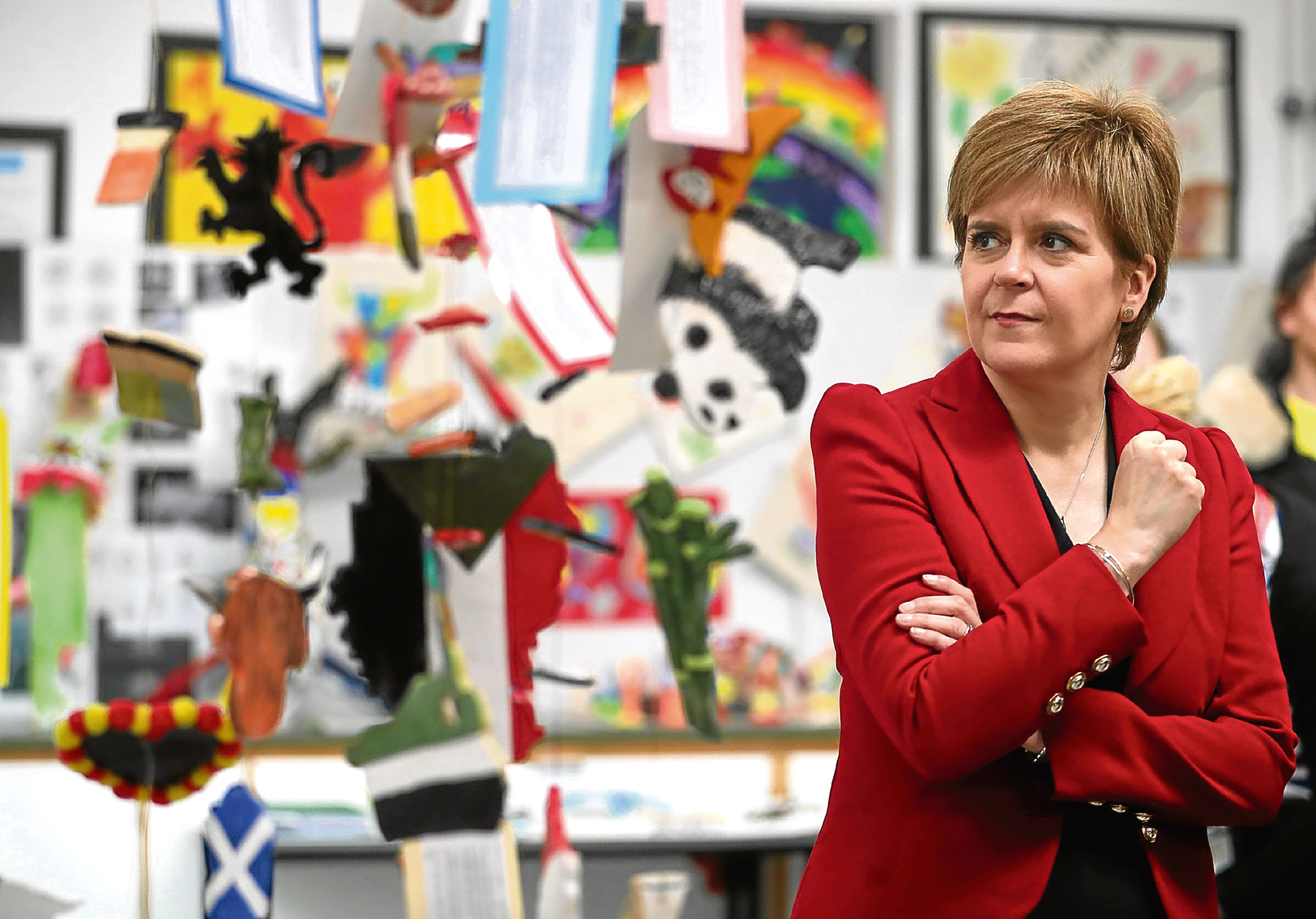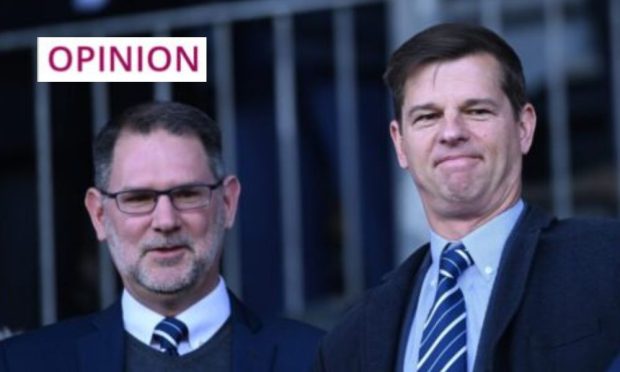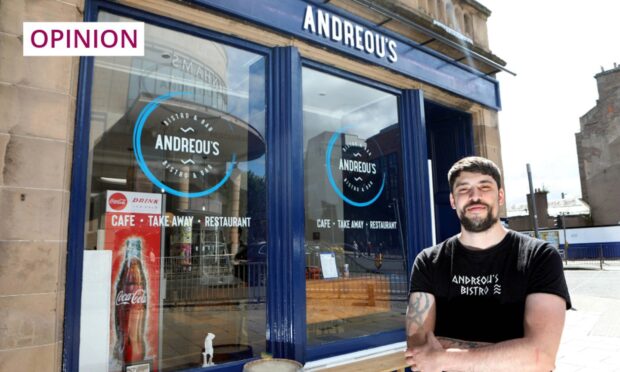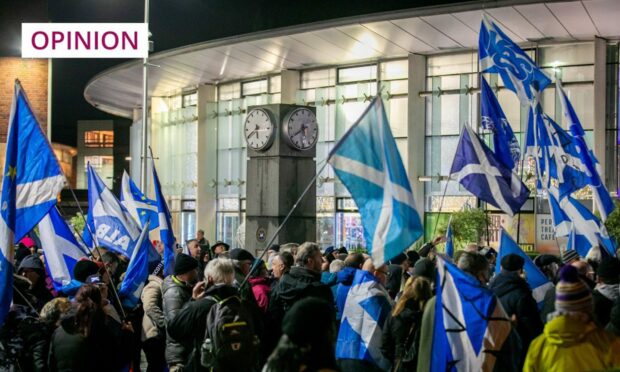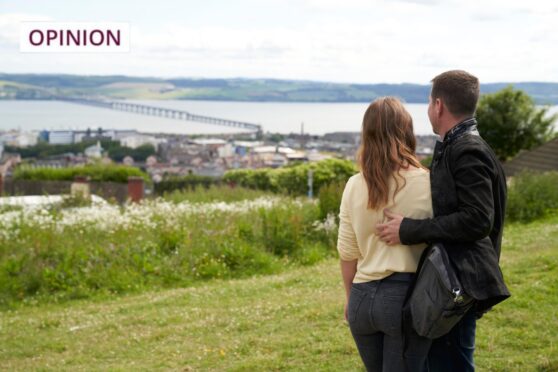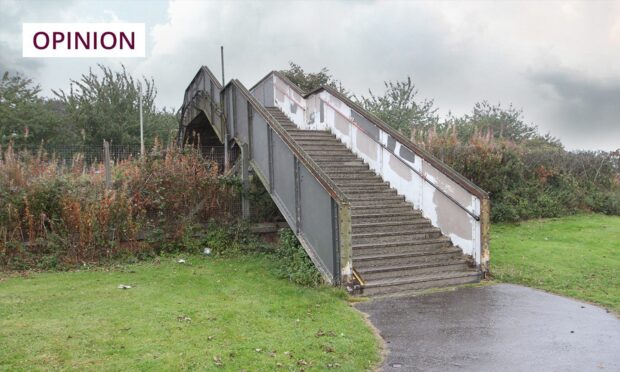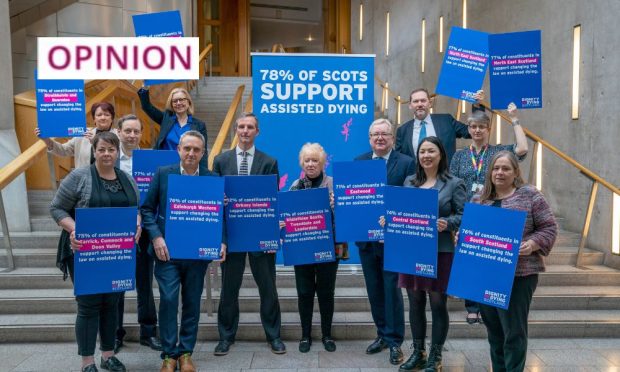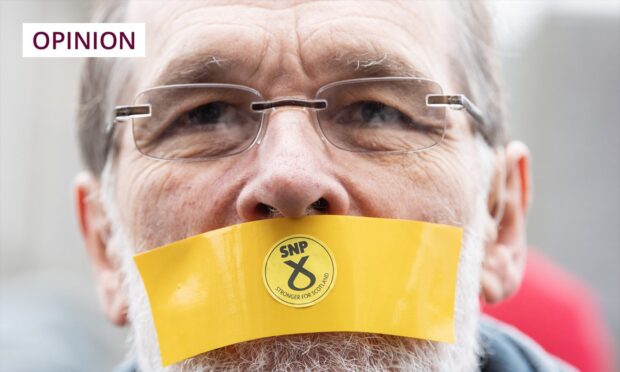You would be hard pushed to think of a politician who has put higher immigration at the heart of a major political campaign.
There are plenty of examples of the reverse, not least Donald Trump’s sinister promises to banish Mexicans.
Most would not go to that hideous extreme, but there is a near-universal reluctance among the ruling classes to embrace immigration for what it is worth.
Nicola Sturgeon has eschewed conventional wisdom and is banging the drum for a fresh influx of migrants. She is pursuing this on two fronts – as part of her attempts to save Scotland’s EU status and in her drive for independence.
Scotland needs immigrant labour to shore up a shrinking workforce that is increasingly stretched amid an ageing population.
That requirement for more tax-paying workers to swell the country’s coffers is even more pressing if the SNP has any hope of slashing the type of £13.3 billion deficit that would have confronted an independent Scotland in 2016, as official figures revealed last week.
Also on the horizon is the threat of a Brexit that restricts the flow of EU workers, which would have severe repercussions for our public services, universities and businesses that rely on them.
The Office for National Statistics revealed last week the start of what has been a dubbed a “Brexodus”, with departing EU nationals fuelling a UK-wide drop in net migration.
By talking up immigration, the First Minister is on the reasoned side of the debate.
But will this strategy work for her politically? There is scant research on what people in Scotland think about immigration.
What does exist belies the notion Scots crave more of it.
While Scots tend not to indulge in the English pursuit of obsessing over immigration, they share much of their neighbour’s hostility to it.
The Scottish Social Attitudes 2015 found that a “sizeable proportion of people in Scotland continue to be concerned about the impact of immigration on the labour market”.
Nearly a third (30%) agreed that “people who come to Scotland from Eastern Europe take jobs away from other people in Scotland”.
A similar survey from the previous year showed while 49% of voters wanted immigration reduced, only 9% wanted more of it.
More than one million Scots voted to Leave the EU, presumably many of those were wooed by the prospect of an end to unfettered immigration from the bloc.
While championing free movement will help Ms Sturgeon reach out to those 180,000 EU nationals living in Scotland (most of whom voted No in 2014), it will be a very hard-sell to many of her own supporters.
It was estimated by the late Gordon Wilson, the former Nationalist leader and Dundee MP, that a third of those who backed Leave in Scotland were SNP voters.
Pursuing independence through re-entry into the EU – and therefore sacrificing the border controls achieved from Brexit – will not sit well with that contingent.
The independence campaign is in a difficult spot, although the shambles of Brexit offers some room for optimism.
What the Yes movement needs is unity.
A clash over immigration runs the risk of a split that could shatter the campaign before it is extinguished altogether should pro-independence parties no longer command a Holyrood majority in 2021.
Ms Sturgeon cannot afford for such a thorny issue to open a chasm in her party, with disagreements over the timing of Indyref2 and the direction of the party domestically already bubbling away after the disappointing general election.
More pressing than keeping a hold on any emerging factions in party, is how she convinces the wider public to go with her on her immigration drive. She can only hope that voters show more signs of sharing her enthusiasm.
